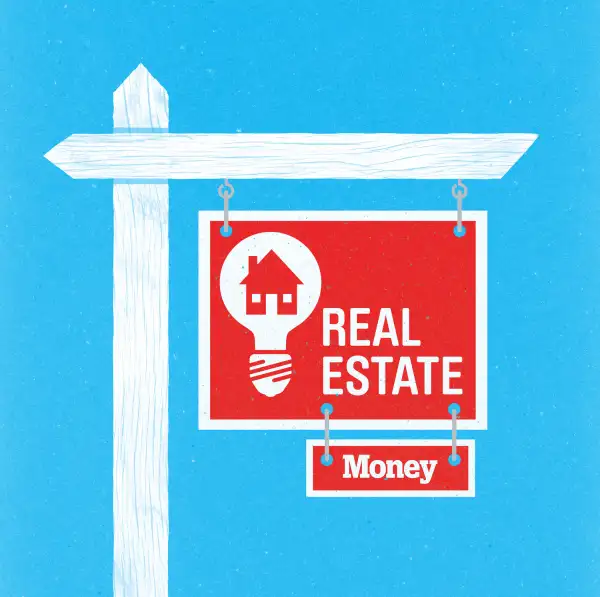Here's How Much You Should Pay for a Rental Property
Money is not a client of any investment adviser featured on this page. The information provided on this page is for educational purposes only and is not intended as investment advice. Money does not offer advisory services.

Q: I want to invest in a rental property. Is there a formula I can use to determine the value of a building based on the rent it takes in?
A: One useful calculation to use is the capitalization (or "cap") rate, which is the ratio of net rental income to the purchase price of the property, says Brooklyn Law School professor David Reiss.
Start with your gross rental income, which is simply the total of one year's worth of rents for all of the units combined. Subtract 5% or so to account for occasional vacancies throughout the year. It’s safest to use existing rents, but you can conservatively increase the amounts if you are planning to improve the units and raise rents.
Then add up the yearly operating expenses -- property taxes, insurance, utilities, plus at least 5% of gross income for a maintenance/repair fund -- and subtract that from the annual income. To get your cap rate, divide that number (the net operating income) by the purchase rate.
Read Next: Can Rental Income Save Your Retirement?
Run the Numbers
Let’s say you’re buying a five-family house and anticipate gross annual income of $100,000. If you calculate your total annual operating expenses at $30,000, you end up with $70,000 in net operating income. For a property that cost, let’s say, $1 million, that equates to a 7% cap rate.
But is 7% a worthwhile return on your investment for the work and risk of being a property owner and a landlord?
“That depends on the building,” says Reiss. “For a brand new, fully rented, high-quality building in a prime neighborhood, a reliable, low-risk 4% to 10% return might be reasonable.
"But if you’re talking about a rundown building, in an borderline neighborhood, with a several vacant units that you’re planning to fill after you undertake major improvements, you might reasonably hold out for a 20% cap rate," he explains, because you'll have renovation costs on the expense side, perhaps a higher vacancy rate while you fix it up -- and you’re taking a bigger risk with your money.
Using a Mortgage
Also, the cap rate assumes a cash purchase. When you take a mortgage to buy an investment property, lenders will likely demand a down payment of 25% or more, says Reiss.
So in that case, he suggests also calculating your return on upfront costs.
In our example, if you invest $300,000 in upfront costs (down payment plus other initial expenses like closing costs and renovations) and expect to earn $20,000 a year (after $50,000 annual mortgage payments), that’s just under a 7% annual return on your money.
Again, you need to consider the relative risk of the particular investment property to determine whether that payback rate is high enough. Look at several properties to get a better feel for how the risks and rewards compare.
Read Next: Should You Buy An Investment Property?
Property Appreciation
Neither analysis considers the other big benefit of an investment property: appreciation. You’re building equity in a building that could potentially grow in value over time.
But it’s better not to count on equity growth in your analysis, says Reiss, because it’s by no means guaranteed. It depends in part on the quality of the property as well as on a host of unpredictable macroeconomic and neighborhood trends, he notes.
Moreover, it will likely require holding the property for 10 or more years, and both the cost of selling and capital gains taxes will slice into your equity growth.
Read Next: Why You Aren't Making Any Money Off Of Your Rental Property
